A House Gripped by Unseen Forces
In August 1966, the Pritchard family—Jean and Joe, with their children Phillip (15) and Diane (12)—moved into a modest semi-detached council house at 30 East Drive, Pontefract, West Yorkshire. Almost immediately, inexplicable events shattered their domestic calm. While Jean and Joe were on holiday in Devon, Phillip and his grandmother, Sarah Scholes, witnessed chalk-like dust falling from mid-air in the living room, defying gravity, as recounted in Colin Wilson’s 1981 book Poltergeist! A Study in Destructive Haunting. Puddles of water appeared on the kitchen floor with no source, baffling a plumber who found dry pipes, per a 1968 local press report. When the Pritchards returned, the disturbances escalated: green foam oozed from taps, objects levitated, and a grandfather clock was hurled down the stairs. The entity, dubbed “Fred” by the family and later the “Black Monk of Pontefract,” earned a reputation as Europe’s most violent poltergeist, its ferocity unmatched even by the Enfield Poltergeist of 1977.
The Pritchards endured years of torment, with Diane becoming the primary target. In 1968, she was dragged backward up the stairs by an unseen force, leaving finger-shaped bruises on her throat, as witnessed by Jean and documented in a police report filed after neighbors, fearing a break-in, summoned officers. The report, cited in a 2015 Higgypop Paranormal article, noted loud bangs and overturned furniture but no intruders. Neighbors like Mrs. Mountain reported seeing a black-robed figure in her kitchen, solid yet vanishing, per Wilson’s book. Attempts at exorcism failed; holy water sprayed on walls seemed to seep back, and “Fred” mocked hymns with gloved hands conducting in mid-air, as Jean’s sister-in-law Maude recalled. Visitors to Pontefract can explore this chilling history through guided tours at 30 East Drive, now a paranormal hotspot managed by owner Bil Bungay, with details on its official website.
Violence That Shocked a Nation
The Pontefract Poltergeist’s aggression set it apart, earning its title as Europe’s most violent. Diane’s 1968 stair-dragging incident, witnessed by her mother, left her traumatized with visible red marks, as noted in a 1974 interview with Jean in The Yorkshire Post. Objects didn’t just move—they were weaponized. A solid oak sideboard toppled, picture frames shattered, and marbles dropped through ceilings. The entity’s fixation on Diane included slapping her face, pulling her hair, and yanking her from bed, leaving her bruised. Unlike typical poltergeists, which skeptics like Carl Jung attribute to psychokinesis or trickery, this one caused undeniable physical harm, defying explanations like those for the Enfield case, where fraud was alleged. Police, called multiple times, documented chaos but found no human culprits, with one officer reporting a “freezing cold” sensation, per a 1969 Pontefract library archive.
Witnesses beyond the family bolstered the case. Vicar Rev. Peter Vincent, attempting an exorcism, was slapped by an invisible force, as he told local press in 1968. Neighbors heard farmyard noises and saw lights flicker at odd hours, per a 2021 SpiritShack article. The activity wasn’t confined to the Pritchards; next-door neighbor Carol, now the house’s keyholder, claimed her home was equally haunted, sharing stories of séances contacting the “Black Monk” during a 2015 InPureSpirit interview. The house’s violent legacy inspired the 2012 film When the Lights Went Out, directed by Pat Holden, Jean’s nephew. Paranormal enthusiasts can book overnight investigations via Haunted Happenings official site, though the site warns of physical risks, reflecting the entity’s enduring menace.
A Monk’s Shadow and Digital Ghosts
The “Black Monk” legend ties the haunting to a Cluniac monk allegedly hanged for rape and murder near the site during Henry VIII’s reign, per paranormal investigator Tom Cuniff’s research in Wilson’s book. The gallows’ proximity to 30 East Drive, near the old Priory of St. John, fueled theories that the monk’s spirit, seen as a cowled figure by Jean, Joe, and neighbors, drove the violence. Diane’s attacks, targeting a girl of similar age to the monk’s supposed victim, strengthened this narrative, though historical records of the hanging are unverified. Another book that captures the scare of this place is The Black Monk of Pontefract. Skeptics, like the Doncaster Research Group, suggested Phillip faked the haunting, but consistent third-party accounts, including police and clergy, challenge this. The house remains active, with visitors reporting foul smells, scratches, and marbles moving inexplicably, as listed on 30eastdrive.com’s log of nearly 300 incidents.
Compelling digital evidence emerged from ParanormalX, a YouTube channel that investigated 30 East Drive in 2018. Using Microsoft Skeletal Detection Technology, their laptop captured two humanoid figures—one on the stairs, one in Diane’s room—during a live stream, despite no physical presence, as reported on X by @SCParanormal_UK in 2025. The video, described as “chilling” by viewers, showed skeletal outlines moving independently, aligning with the house’s history of apparitions. Unfortunately, the footage is no longer available on ParanormalX’s channel, possibly removed due to platform policies, but its impact lingers in paranormal forums. This case resists resolution, with physical evidence and witness accounts defying logic. 30 East Drive’s ongoing investigations invite the brave to confront the Black Monk’s legacy, where the past refuses to rest.

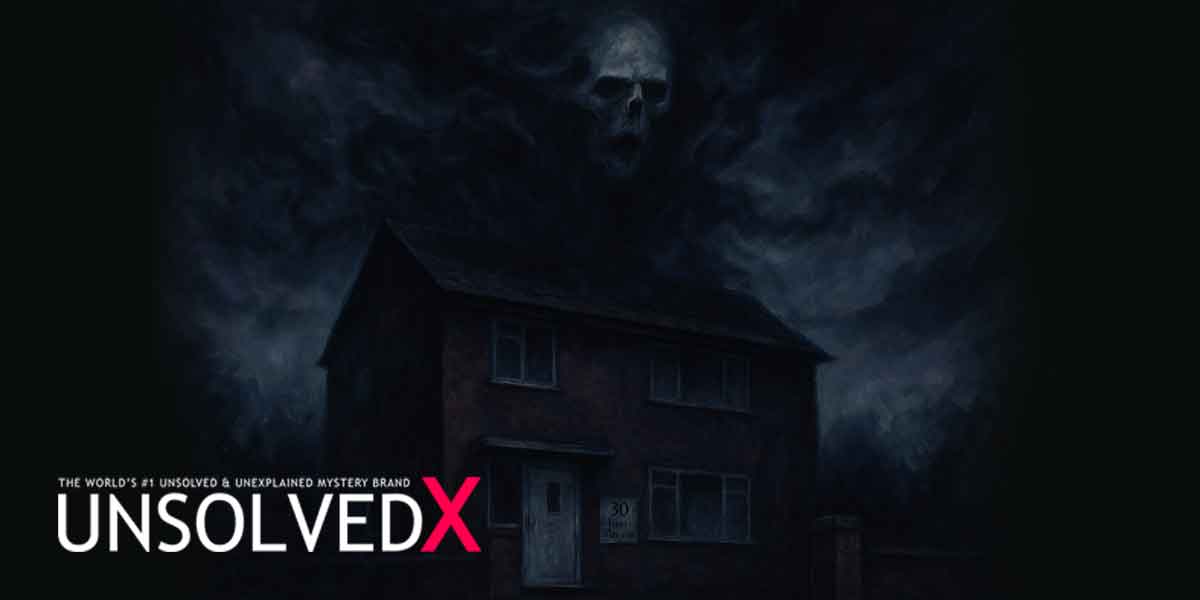
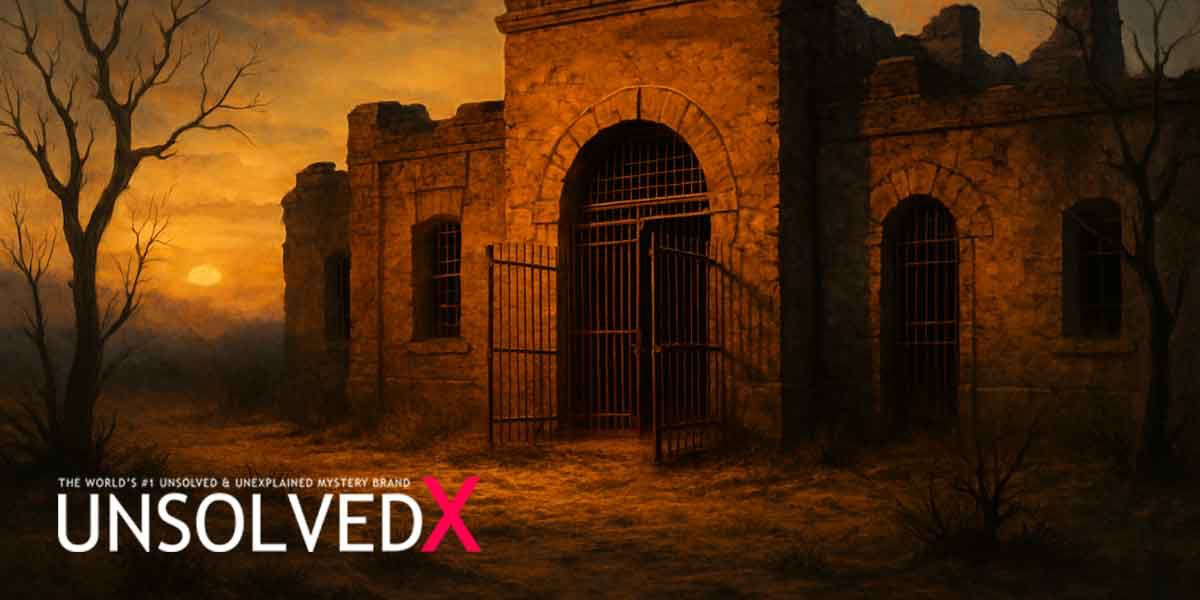
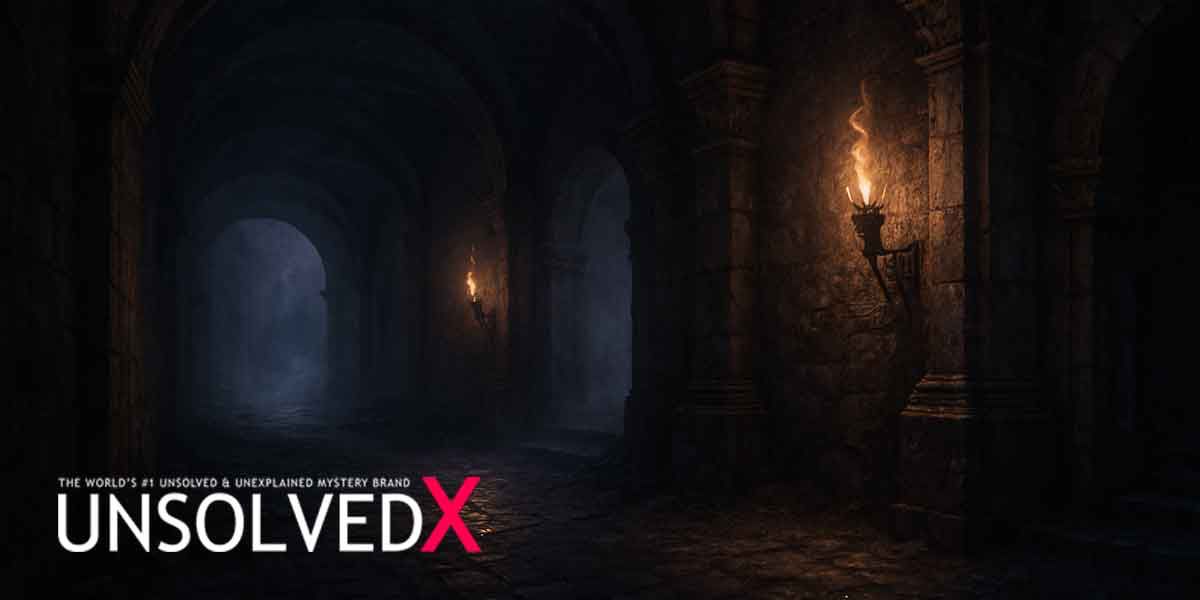
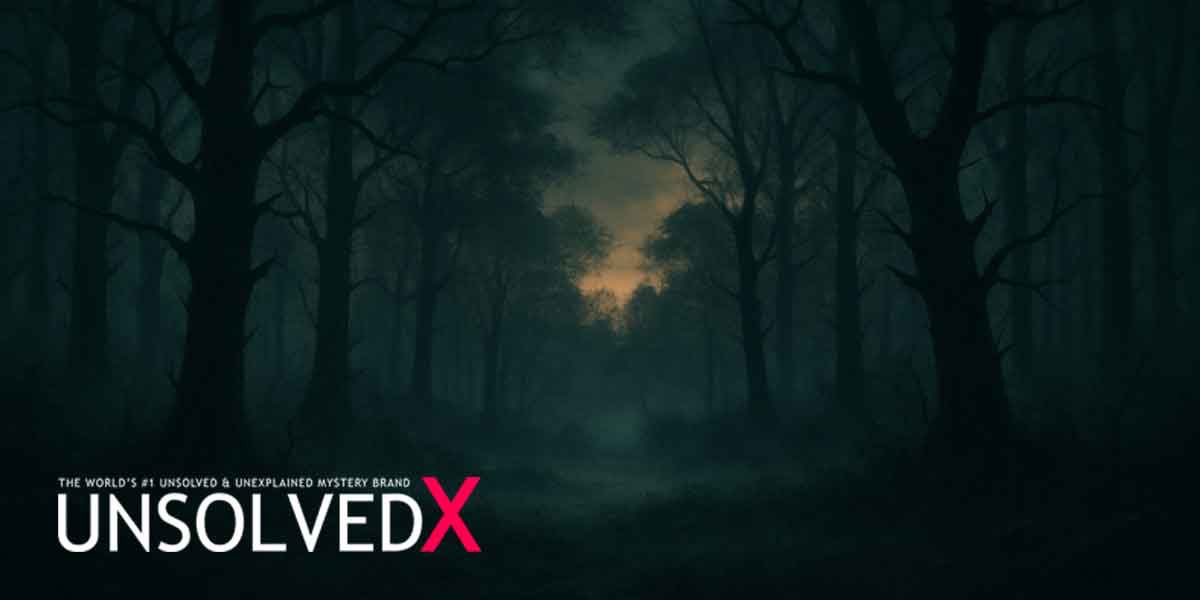
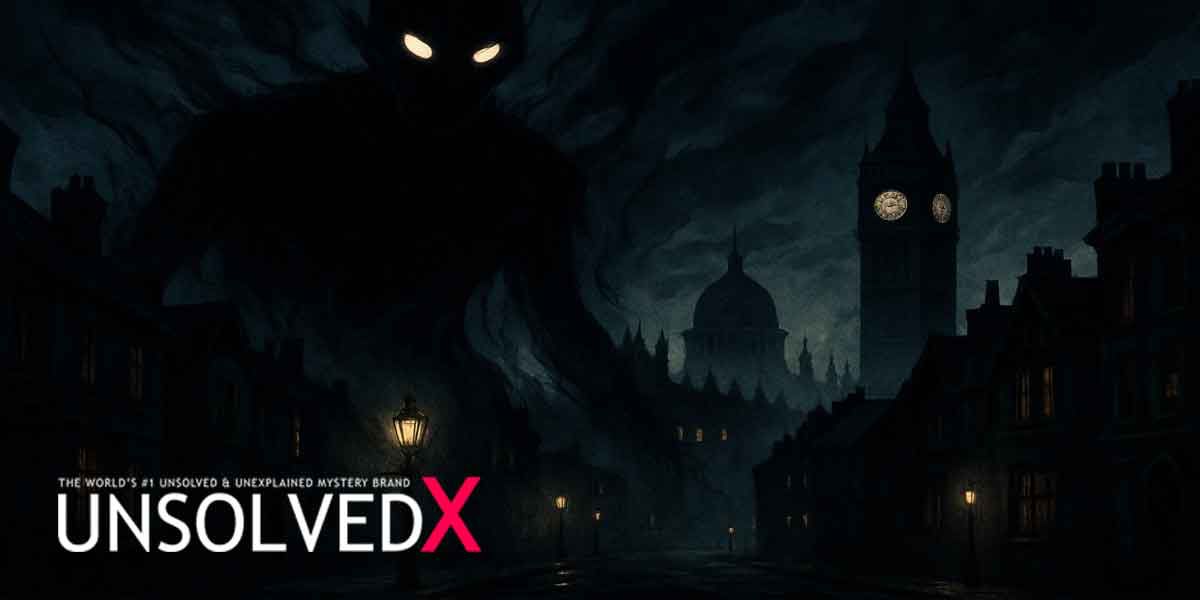



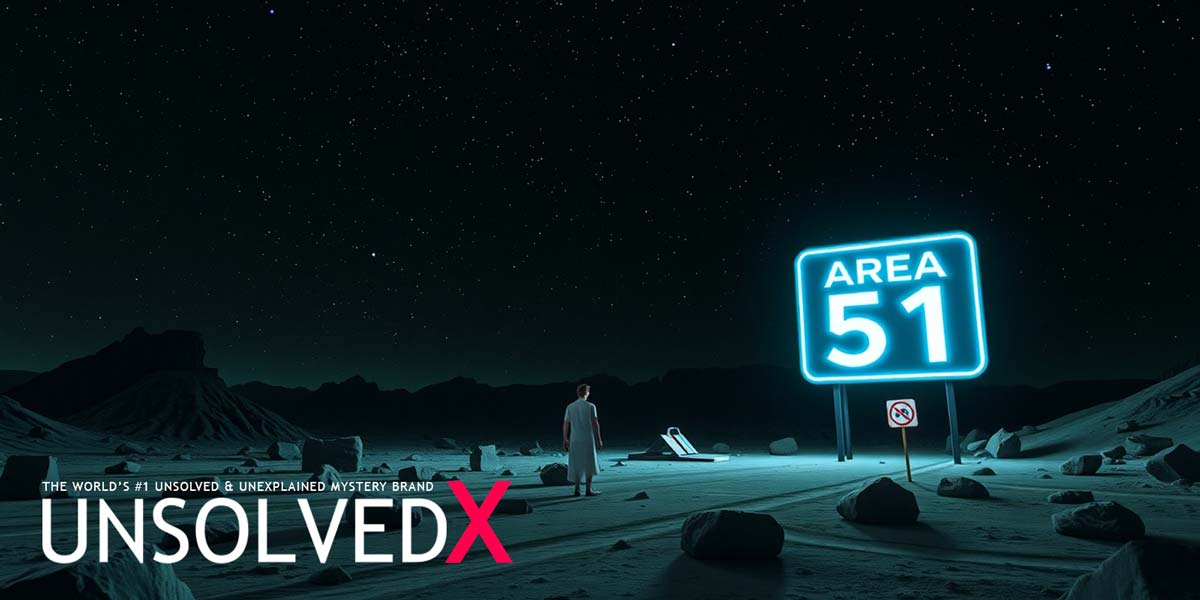
Comments
Comments section coming soon!